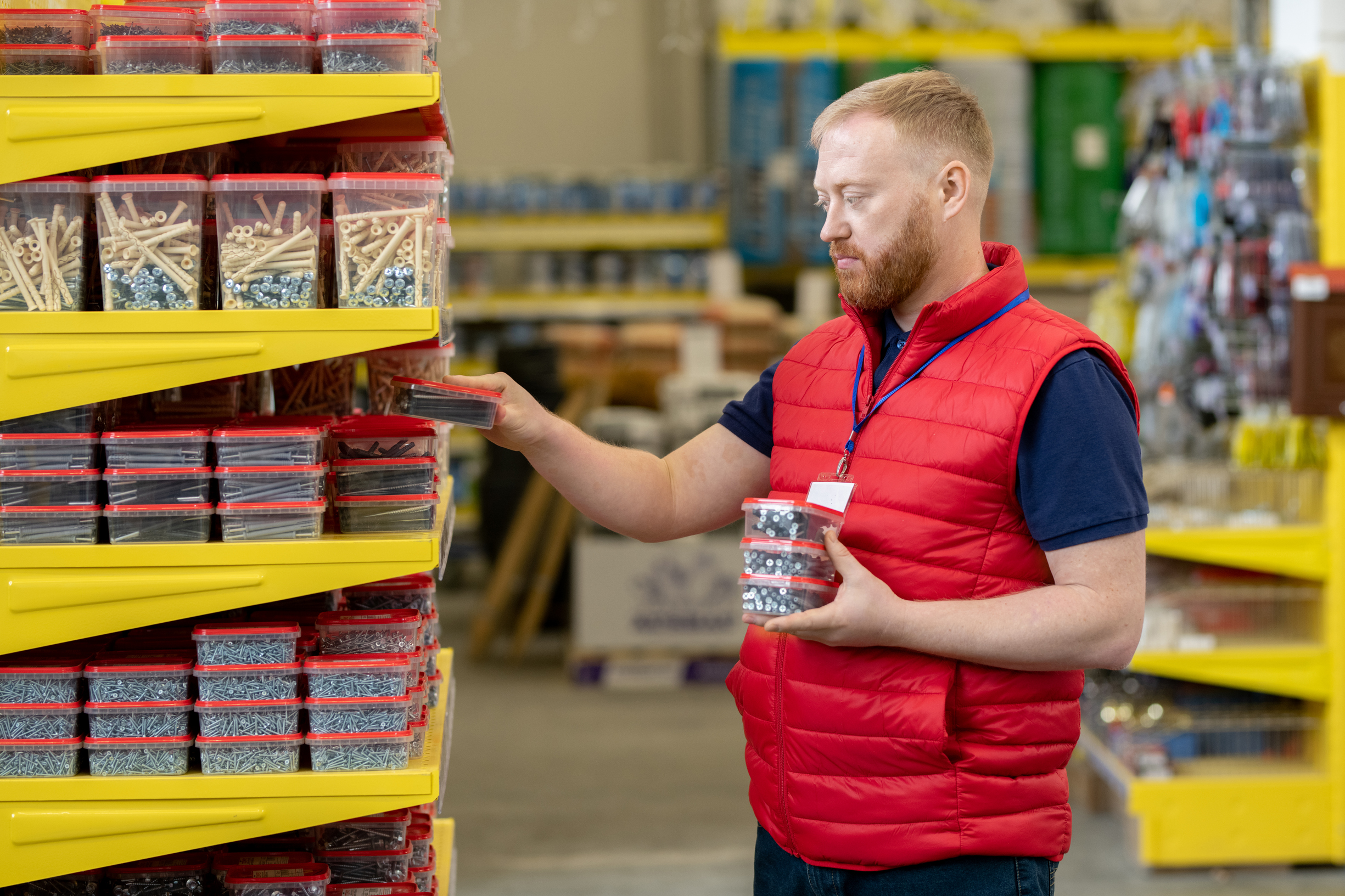According to the results of our analytical research, the modern market requires companies to be highly flexible, make decisions quickly, and be able to adapt quickly to changes.
Optimization of the production process and costs | Gradus
The Importance of Production Optimization for Improving Business Competitiveness
For a manufacturing company, production optimization is the key to strengthening its market position, reducing costs, and improving product quality. Such processes are especially relevant in megacities like Moscow, where competition and cost levels are particularly high. The ability to optimize production directly affects the cost price of products and overall business efficiency.
Brief description of key challenges in the manufacturing sector
Manufacturing companies face a number of problems: high costs, inefficient use of resources, obsolete equipment, supply disruptions, difficulties in personnel management. In addition, changing consumer demands require constant improvement of quality and reduction of production time. Without timely implementation of new methods and technologies, the enterprise risks losing market share.
What is production optimization?
Definition of the term "production optimization"
Production optimization is a set of measures aimed at improving the efficiency of the production process, reducing costs and increasing productivity. It covers both technical and organizational aspects of the enterprise.
Optimization goals
The main optimization goals include:
Reducing the cost of manufacturing goods;
Improving product quality;
Increasing the productivity and efficiency of the production process;
Reducing the time it takes to complete operations;
Reducing the cost price and, as a result, increasing the competitiveness of the business.
The main tasks in production optimization
To achieve these goals, it is necessary to:
identify and eliminate bottlenecks;
reduce costs at all stages;
increase the level of automation;
improve resource planning and management;
implement quality standards and control points.
Methods of optimizing the production process
Analysis of current production processes
The first step to improving production efficiency is to analyze the current state. It is important to determine which areas are operating with the greatest losses, where delays and resource overruns occur. This stage allows you to identify areas where improvements will have the greatest effect.
Implementation of modern technologies
Automation of production lines
Automation is one of the most effective ways to optimize work. It allows you to not only reduce the time of production, but also improve the stability of quality. Automated lines reduce the influence of the human factor and allow you to quickly control the consumption of raw materials.
Use of robotics and IoT
The Internet of Things (IoT) and robotics expand the capabilities of monitoring and managing equipment. The enterprise can receive data on the condition of equipment, temperature, humidity, and load levels in real time. This increases the overall efficiency of production and helps reduce costs.
Use of the Lean Production methodology
The Lean Production method is aimed at eliminating losses that do not add value to the product. It includes visual management tools, process standardization, 5S and Kaizen systems. Lean manufacturing can significantly increase productivity and reduce costs.
Optimization of production costs
Identifying the main sources of production costs
Key cost sources: raw materials, energy, personnel, equipment maintenance, logistics. Determining the share of each of these components in the cost allows you to focus your efforts on the most significant areas.
Cost reduction strategies
Efficient management of raw materials
Supply control, storage optimization, use of alternative materials - all this allows you to reduce raw material consumption and increase its turnover.
Optimization of energy consumption
Investing in energy-efficient equipment, installing consumption monitoring systems, switching to night shifts are effective methods for reducing energy costs.
Rational use of labor
Staff training, introducing KPIs, flexible shift planning - all this reduces costs and increases employee motivation.
Tools for cost control and analysis
Companies use ERP systems, BI analytics, CRM and specialized platforms for recording production indicators. They allow you to control costs in real time, find inefficient areas and promptly respond to deviations from the plan.
Practical examples of successful optimization
Real cases of companies that have implemented optimization solutions
A Moscow-based company manufacturing construction materials implemented an automated line with IoT control. This allowed it to reduce raw material consumption by 12% and increase productivity by 25%.
A light industry company from the Moscow region implemented Lean methodology and standardized packaging processes — the result: a 30% reduction in defects.
Results of applying various approaches to production optimization
Companies that approach optimization systematically achieve:
reduction in cost by 10–30%;
improved product quality;
increased order fulfillment speed;
increased staff motivation and involvement in processes.
Steps to Implementing Optimization
Preparing for optimization: analyzing problems and goals
At this stage, it is important to determine what tasks the enterprise faces: reducing costs, reducing production time, increasing productivity or improving quality. Analyzing current problems is the key to choosing the right direction.
Developing an action plan
Based on the identified problems, a detailed plan is developed: what processes to optimize, what methods to use, what resources will be required, how the result will be measured.
Evaluation of results after implementing changes
The evaluation is carried out according to KPIs: cost price, energy consumption, productivity, number of defects, order fulfillment time. Based on the analysis, decisions are made on further adjustments.
Conclusion
Optimization of the production process is not a one-time action, but a strategic way to improve the efficiency and competitiveness of a business. In the conditions of high competition and rising costs, especially in regions such as Moscow, enterprises must systematically approach cost reduction, quality improvement and cost management. It is recommended to start with an analysis of the current situation, define goals, select methods and implement them in stages. Only in this way can a company ensure sustainable development, high productivity and adaptability to market changes.






